Note: This is part 1 of a 5 part series.
Introduction
Why Scars of Mirrodin? Chris and I are going to talk about Magic’s return to return to Ravnica on the podcast this week. After their most recent revisit to their old home, it’s clear that the R&D guys at WotC are feeling nostalgic. This nostalgia has inspired me to take a look back at my history with the game. While I have been playing the game since the beginning, it is only since Scars of Mirrodin that I’ve been actively engaged in the game.
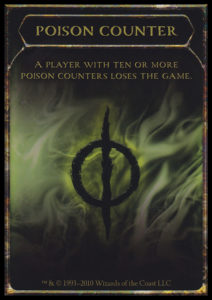
Okay, that’s not entirely true. Return to Ravnica was my actual reintroduction into the game. I then worked backwards to fill in my collection with older sets. It wasn’t until the Zendikar block that boxes became prohibitively expensive, so I stopped at Mirrodin. This article started as a Top 10 list since Mirrodin. Then I was going to rank all of the sets.
Why isn’t this a ranking? I decided not to do either because; (a) that’s a lot of sets and (b) more importantly, rankings are stupid. There’s plenty from all sets that I both enjoy and don’t. Besides, I started this web page to be a different voice from everything else out there. Instead, I’m just going to tell my Magic the Gathering story and how it has evolved over the last 5 years or so. Hopefully it succeeds and that you enjoy.
Scars of Mirrodin Block
Core Set 2011: We know them. We love them. Okay, maybe that’s a bit of a stretch, but Wizards did try to kill them after Origins and now they’re back. Someone somewhere has a soft spot for the dependable and comfortable core sets. This one was neat because it had the Titan cycle (Primeval Titan is my favorite) in it and all of those cards are awesome.
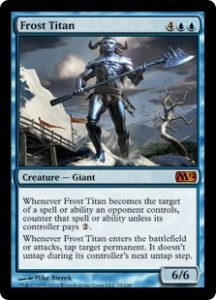
Scars of Mirrodin: These sets are a very different style that I’m used to in a Magic the Gathering set. In addition to being more colorless focused because of the artifacts, poison and phyrexian mana are included. Most mechanics tweak the rules a bit, but they work fully within the confines of the game. Occasionally, a mechanic might add a new twist to the game. Both poison and phyrexian mana break the game in fundamental ways.
Mirrodin Beseiged: Being the smallest and middle of the three sets, there isn’t much memorable, as least for me. One card did jump out at me as I was looking through the binder, though. I pulled more than one of Phyrexian Rebirth and got obsessed with trying to build a token deck around that card. It never happened, but maybe I have a new project for the coming weeks.
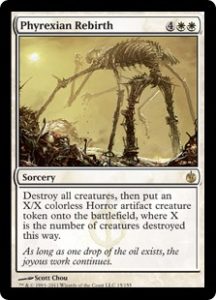
New Phyrexia: This is it. All hope is gone. The fight is over. Mirrodin has lost and the Phyrexians have remade it in their image as New Phyrexia. This is reflected in the cycle of Praetors (here I’m true to my blue roots and want to build around Jin-Gitaxias, Core Augur) in this set, incredibly powerful creatures that are the envy of all Commander players, yours truly included.
Innistrad Block
Core Set 2012: 2011 gave us Titans, appropriately named big dummies that could be used to make your opponent miserable. 2012 brought us Mages, 2/1 creatures with a mana activated abilities. I mean, I guess that’s just as cool as 6/6 creatures who can ramp 2 lands per turn. Not really, but they also gave us the Empires cards. I used them to make a deck that made Chris miserable for a game a few months ago.
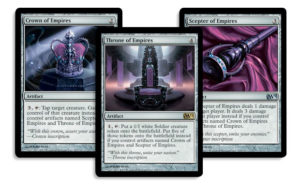
Innistrad: Okay, this is more like it. While Mirrodin was cool and it added some interesting things to the game, it was a bit too alien for me. As a fan of fantasy and horror who played several campaigns through the D&D setting Ravenloft, Innistrad speaks deeply to me. Vampires and Werewolves, and Ghosts, oh my!
Dark Ascension: I was so focused on sharing my excitement for the set that renewed my love for Gothic themes in fantasy settings that I forgot one of the best parts of the Innistrad block. Double sided cards! Sure, you have the Legacy meta defining Delver of Secrets. But, what about Loyal/Unhallowed Cathar that changes color identity when it flips?
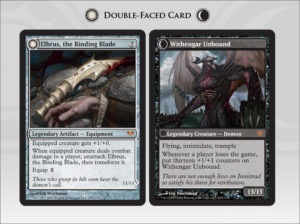
Avacyn Restored: Forget for a moment that I can’t pronounce Avacyn. Look, I’ve heard it pronounced Ah-va-sin many times by many different sources. My brain still wants to make it Ah-vah-kin for some reason. What’s that got to do with anything? Nothing, I just needed to get that off my chest. In addition to the titular angel, Avacyn, Angel of Hope, there are three others that play a pivotal role in the lore. Also, the Planeswalkers (Tibalt, the Fiend-Blooded and Tamiyo, the Moon Sage) are the first ones that I noticed that aren’t the usual five.
The Verdict
Mirrodin changed Magic the Gathering in several ways. I have heard the argument more than once that they were game breaking and not at all in the spirit of making the game more fun. While I won’t either agree nor disagree fully with that sentiment, I will leave you with this. We haven’t been back to Mirrodin in any way, shape, or form, so that might tell you something. Heck, they even took us back to Zendikar and people hated Eldrazi more than they hated the Phyrexians.
Innistrad restored some of the balance of the game, lore wise. Instead of weird and alien creatures trying to subjugate other weird and alien creatures, we had vampires, angels, werewolves, spirits, and demons. It was a much more familiar setting and one with which I was far more comfortable. I can’t say that I would have quit Magic if Innistrad hadn’t been more traditional, but I do know that my joy in the game would be greatly diminished.
Make sure that you don’t miss the next part when I will discuss the Theros and Tarkir blocks. You may have noticed that I skipped the Return to Ravnica block. That’s because I’m saving that one for last since it connects so well with the next sets coming out and they are the reason for this look back in order to move forward.
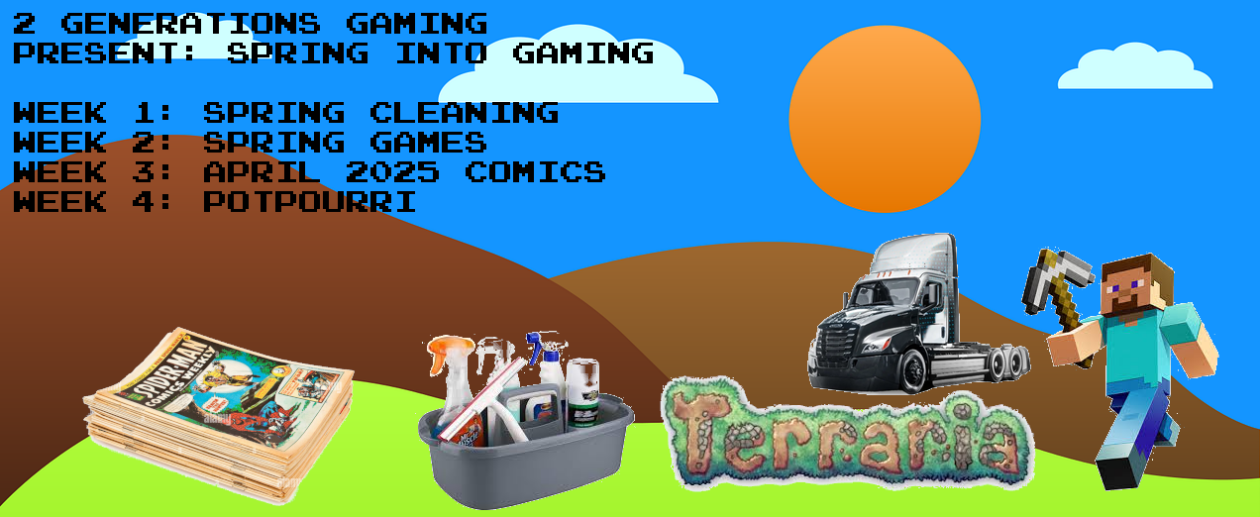
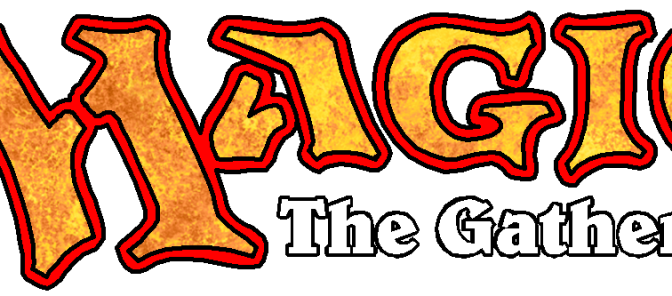
5 thoughts on “Magic the Gathering Retrospective: Scars of Mirrodin to Avacyn Restored”